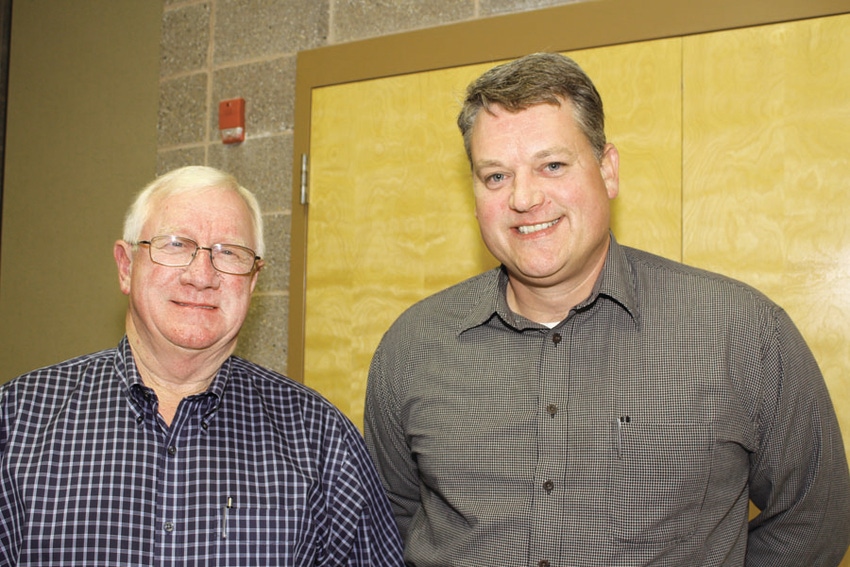
Boll weevil eradication may need south Texas buffer zone
Action is being urged to create a buffer zone in south Texas to prevent reinfestation by boll weevils migrating across the river bordering Mexico and the Rio Grande Valley. “It’s essential that we do this,” Farrell Boyd, manager of the Mississippi Boll Weevil Management Corporation, said at the organization’s annual meeting. “There’s too much at stake, and too much money has been spent to achieve weevil-free status, to not do everything we can to keep this pest pushed back into Mexico.”

With nearly all areas of the U.S. cotton belt having eradicated the crop-robbing boll weevil, action is being urged to protect that status by creating a buffer zone in south Texas to prevent reinfestation by weevils migrating across the river bordering Mexico and the Rio Grande Valley.
“It’s essential that we do this,” Farrell Boyd, manager of the Mississippi Boll Weevil Management Corporation, said at the organization’s annual joint meeting with the Mississippi Farm Bureau Federation’s Cotton Policy Committee. “There’s too much at stake, and too much money has been spent to achieve weevil-free status, to not do everything we can to keep this pest pushed back into Mexico.”
The boll weevil situation in the Rio Grande Valley of south Texas poses a potential threat for weevils migrating to areas where eradication has been achieved.
“Everywhere else in the cotton belt is weevil-free, with the exception of the Valley region. That area, with a warm climate in which the boll weevil never has any winter kill and can live and reproduce on wild hosts or cotton all year long, represents a threat because of the cotton just across the river in Mexico.”
While Mexico has a boll weevil control program, Boyd says, “They stop spraying much too early to keep the weevils knocked down, and they migrate across the river into the Rio Grande Valley, where they are a source of potential reinfestation for all cotton growing states.”
While cotton acreage in the Valley this year is down to about 88,000, compared to 145,000 last year, and their year-to-date boll weevil counts are down about 85 percent, Boyd notes, counts in Mexico continue pretty high.
“The National Cotton Council Boll Weevil Action Committee, concerned about the problem that this poses to U.S. cotton, has proposed that a buffer zone be established in the Rio Grande Valley to protect the rest of the U.S. cotton belt against reinfestation.
“They have proposed that all cotton states participate in funding this buffer zone, up to 75 cents per planted acre per year. The cotton leadership in all states has supported this proposed program, which would begin in 2014.”
Mississippi, Boyd says, is now going into its sixth year “with zero boll weevils, and we’re mighty thankful for that. But there’s always a threat of reinfestation, and we continue to be vigilant to protect the investment that our growers have made made over the years to eradicate this pest that has cost the U.S. cotton industry billions of dollars.
“We’re running a surveillance/trapping program throughout the state, with a traps located within a half mile of every cotton field. We feel if any weevils come into the area, or are brought in on equipment or by other means, we’ll be able to detect them. If we find reproduction anywhere, we’ll immediately go in and knock it out before any infestation can become established.”
Producer Coley Bailey, Jr., president of the Mississippi Boll Weevil Management Corporation, says, “This program has been of tremendous value of Mississippi and U.S. cotton producers, and the money that we’ve invested will continue to reap benefits for years to come. The success of this program is a tribute to all the hard work and assessment dollars that have gone into it.”
About the Author(s)
You May Also Like



